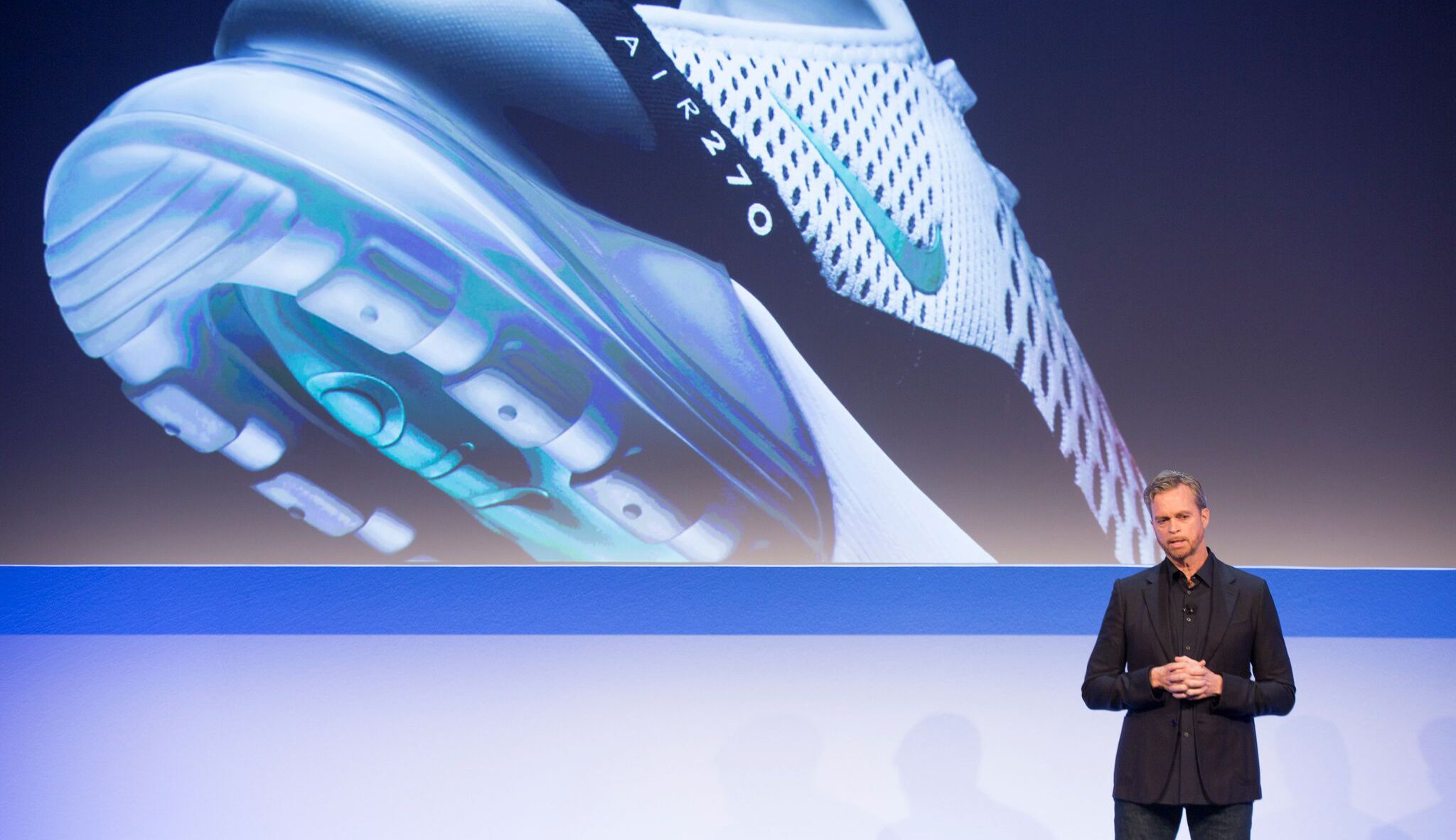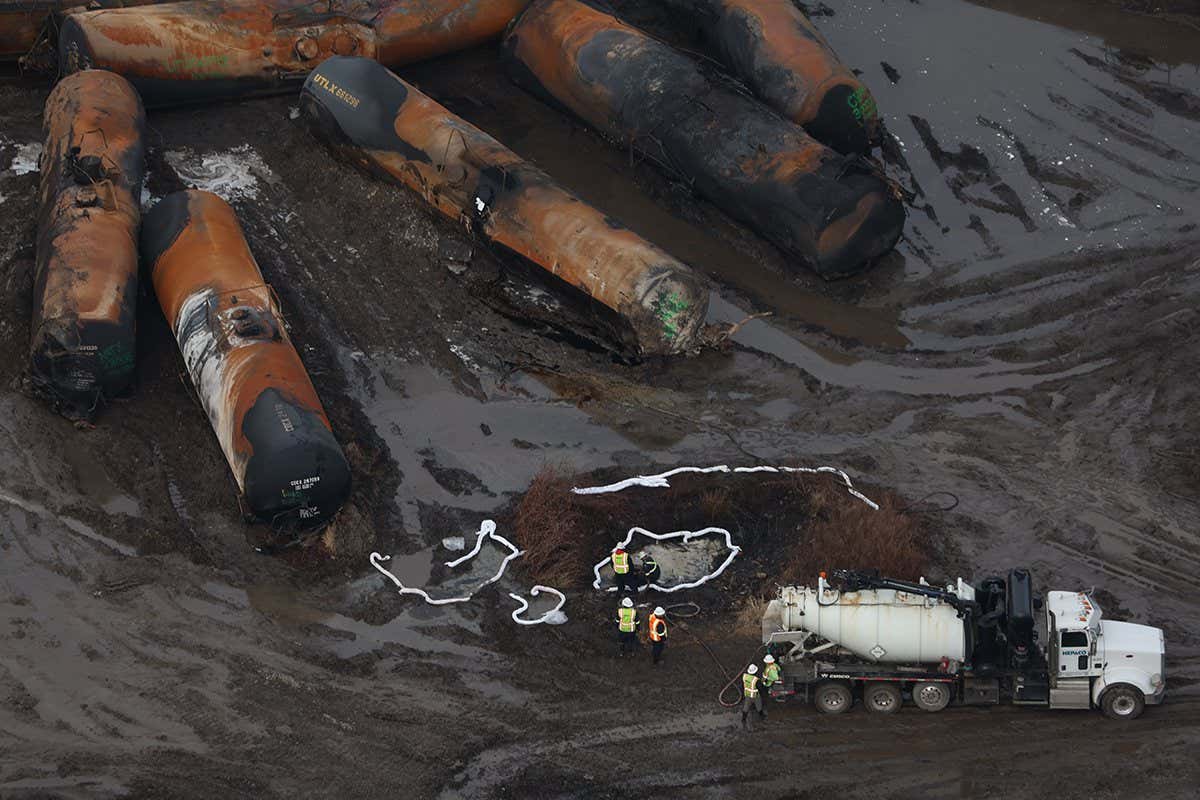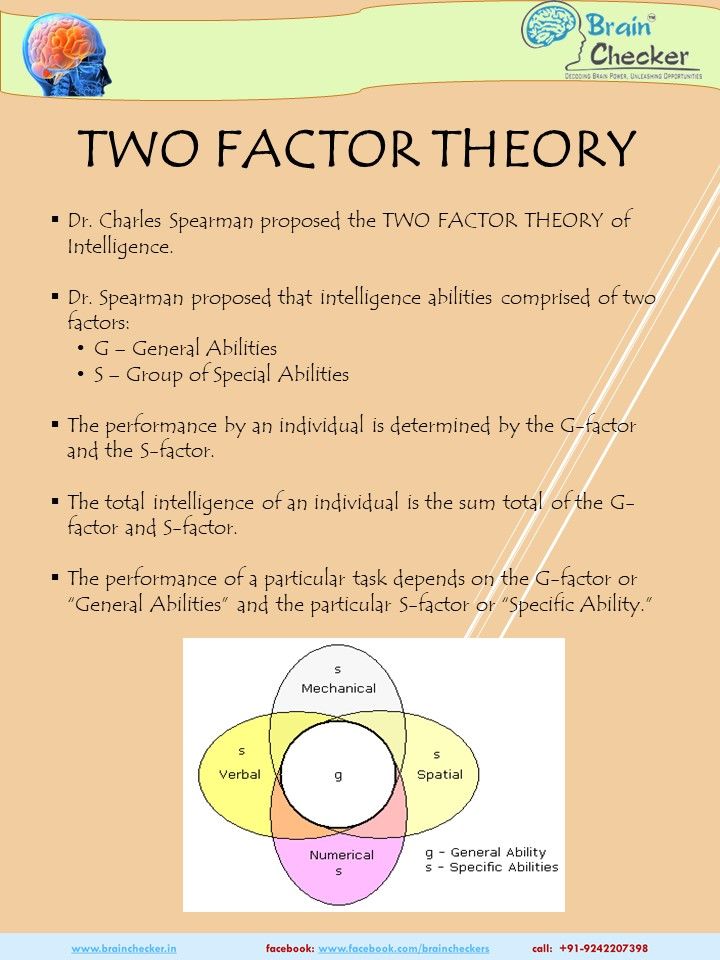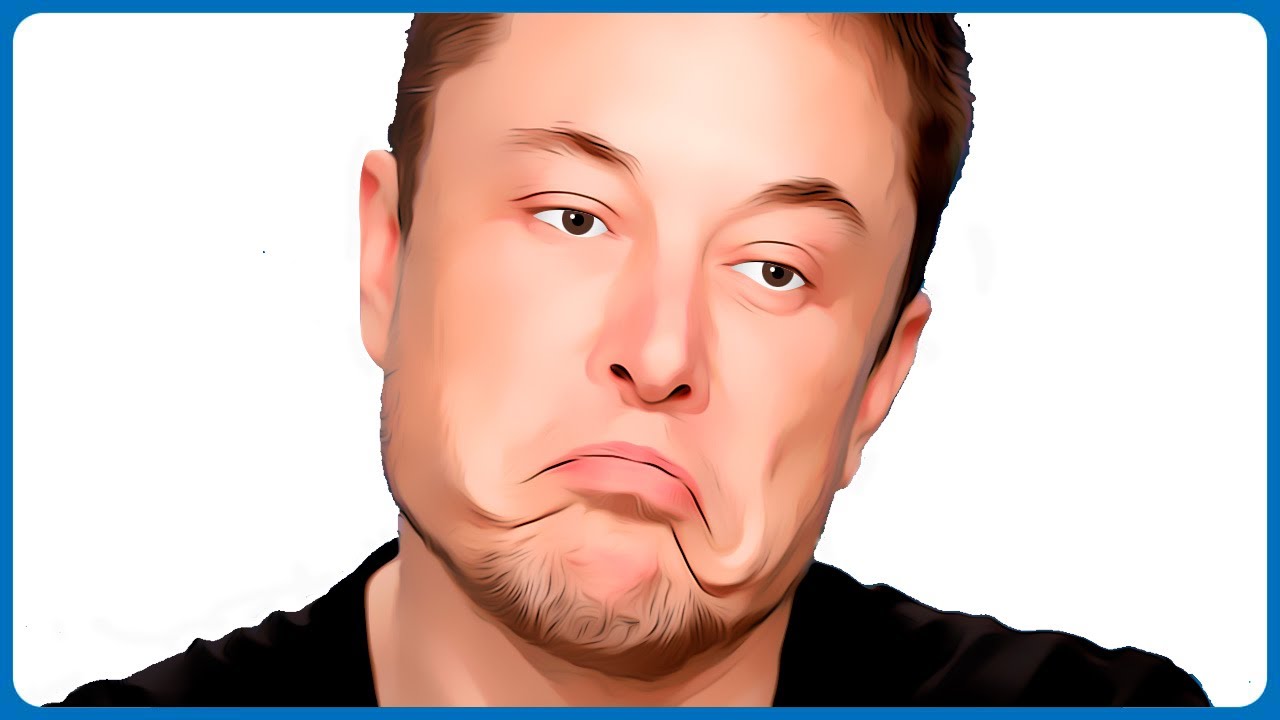Automated Nike Sneaker Manufacturing: Technological Limitations And Solutions

Table of Contents
Current Technological Limitations in Automated Nike Sneaker Manufacturing
The journey towards fully automated Nike sneaker manufacturing is fraught with technological hurdles. Several key areas present significant challenges that require innovative solutions.
Material Handling and Manipulation
One of the primary obstacles is the inherent complexity of handling diverse materials. Nike sneakers utilize a variety of materials, including leather, textiles, rubber, and synthetic fabrics. These materials possess varying flexibility, textures, and thicknesses, posing challenges for robotic manipulation.
- Precise Placement: Accurately placing and assembling intricate components, such as stitching eyelets or attaching soles, requires a level of dexterity that current robotic arms struggle to achieve.
- Material Variability: The inconsistent nature of natural materials like leather makes automated handling difficult. Variations in thickness and texture necessitate adaptive robotic systems.
- Limited Dexterity: The dexterity of robotic arms, while improving, still falls short of the human hand's ability to perform complex manipulation tasks, particularly in assembling delicate sneaker components.
Potential Solutions: Addressing these limitations requires advancements in several key areas. The development of advanced grippers with adaptable gripping mechanisms is crucial. AI-powered vision systems can provide real-time feedback to robots, enhancing precision and enabling them to adapt to material variations. Furthermore, the development of more flexible and dexterous robotic arms, potentially using soft robotics, is essential.
Customization and Personalization at Scale
Mass customization, a key element of modern consumerism, presents a major challenge for automated sneaker manufacturing. While consumers desire personalized sneakers, current automation struggles with efficiently adapting to individual customer preferences.
- Retooling Challenges: Reprogramming and retooling robots for each customization necessitates significant time, resources, and financial investment.
- Scalability Issues: The current automation approach struggles with scaling to meet the demand for customized products efficiently.
- Design Complexity: Integrating diverse customization options into automated production lines adds considerable complexity to the manufacturing process.
Potential Solutions: Modular robotic systems, capable of being easily reconfigured for different customization options, are a promising solution. AI-driven design software can streamline the process of translating customer preferences into manufacturing instructions. The integration of 3D printing technology allows for the creation of highly customized components on demand.
Quality Control and Inspection
Maintaining consistent quality across large-scale automated production remains a significant challenge. Automated systems often struggle with identifying subtle defects invisible to the naked eye, impacting the overall quality and brand reputation.
- Subtle Defects: Identifying minor imperfections, such as stitching flaws or inconsistencies in material application, requires advanced inspection techniques.
- Consistency Challenges: Ensuring consistent quality across a high-volume automated production line is crucial but difficult to achieve.
- Human Intervention: Current systems often rely on human intervention for final quality checks, negating some of the benefits of automation.
Potential Solutions: Advanced imaging techniques, such as X-ray and hyperspectral imaging, can detect subtle defects undetectable by the human eye. AI-powered defect detection systems can analyze images and identify inconsistencies in real-time. These advancements promise more efficient and accurate quality control in automated sneaker manufacturing.
Potential Solutions and Technological Advancements
Overcoming the limitations outlined above requires significant advancements in several key technologies.
Artificial Intelligence (AI) and Machine Learning (ML)
AI and ML are poised to revolutionize automated Nike sneaker manufacturing. Their applications are multifaceted:
- Process Optimization: AI can analyze production data to identify bottlenecks and optimize workflows, improving efficiency and reducing waste.
- Predictive Maintenance: ML algorithms can predict equipment failures, allowing for proactive maintenance and minimizing downtime.
- Enhanced Quality Control: AI-powered vision systems can improve the accuracy and efficiency of quality control inspections.
Advanced Robotics and Automation
The development of more sophisticated robotic systems is paramount.
- Dexterous Robots: Robots with enhanced dexterity and adaptability are needed to handle the complexities of sneaker assembly.
- Collaborative Robots (Cobots): Cobots, designed to work alongside human workers, can enhance efficiency and address tasks that are still challenging for fully autonomous robots.
- 3D Printing Integration: Additive manufacturing allows for the creation of customized components and rapid prototyping, accelerating the design and production process.
Data Analytics and Predictive Maintenance
Real-time data collection and analysis are crucial for optimizing the automated manufacturing process.
- Production Monitoring: IoT sensors can monitor equipment performance, environmental conditions, and material properties in real-time.
- Predictive Modeling: Data analytics can identify potential bottlenecks and predict future issues, allowing for proactive adjustments.
- Improved Efficiency: By analyzing data, manufacturers can improve production efficiency and reduce waste.
Conclusion
While fully automated Nike sneaker manufacturing faces significant technological hurdles, advancements in AI, robotics, and data analytics offer promising solutions. Overcoming challenges in material handling, customization, and quality control will be crucial for achieving large-scale automation. By investing in research and development, Nike and other companies can pave the way for a more efficient, sustainable, and personalized future of footwear production. Continue exploring the potential of automated Nike sneaker manufacturing and its transformative impact on the industry. The future of footwear production lies in embracing and refining these technological advancements to create a more efficient and innovative manufacturing process.

Featured Posts
-
 Long Term Impact Of Toxic Chemicals From Ohio Train Derailment On Buildings
Apr 22, 2025
Long Term Impact Of Toxic Chemicals From Ohio Train Derailment On Buildings
Apr 22, 2025 -
 Pope Francis Dies At 88 Pneumonia Confirmed As Contributing Factor
Apr 22, 2025
Pope Francis Dies At 88 Pneumonia Confirmed As Contributing Factor
Apr 22, 2025 -
 Swedens Tanks Finlands Troops A Pan Nordic Defense Force
Apr 22, 2025
Swedens Tanks Finlands Troops A Pan Nordic Defense Force
Apr 22, 2025 -
 Hear From Protesters Anti Trump Rallies Across The Us
Apr 22, 2025
Hear From Protesters Anti Trump Rallies Across The Us
Apr 22, 2025 -
 Future Of Nordic Defense Collaboration Between Sweden And Finland
Apr 22, 2025
Future Of Nordic Defense Collaboration Between Sweden And Finland
Apr 22, 2025
Latest Posts
-
 Four Unconventional Theories On Randall Flagg And Their Impact On Stephen Kings Narrative
May 10, 2025
Four Unconventional Theories On Randall Flagg And Their Impact On Stephen Kings Narrative
May 10, 2025 -
 Four Mind Altering Randall Flagg Theories That Reinterpret Stephen Kings Universe
May 10, 2025
Four Mind Altering Randall Flagg Theories That Reinterpret Stephen Kings Universe
May 10, 2025 -
 King Protiv Maska Pikantnye Podrobnosti Vozvrascheniya Pisatelya Na X
May 10, 2025
King Protiv Maska Pikantnye Podrobnosti Vozvrascheniya Pisatelya Na X
May 10, 2025 -
 Stiven King Vernulsya V X I Napal Na Ilona Maska
May 10, 2025
Stiven King Vernulsya V X I Napal Na Ilona Maska
May 10, 2025 -
 Vozvraschenie Stivena Kinga Na X Oskorblenie Ilona Maska
May 10, 2025
Vozvraschenie Stivena Kinga Na X Oskorblenie Ilona Maska
May 10, 2025
